Wolves!
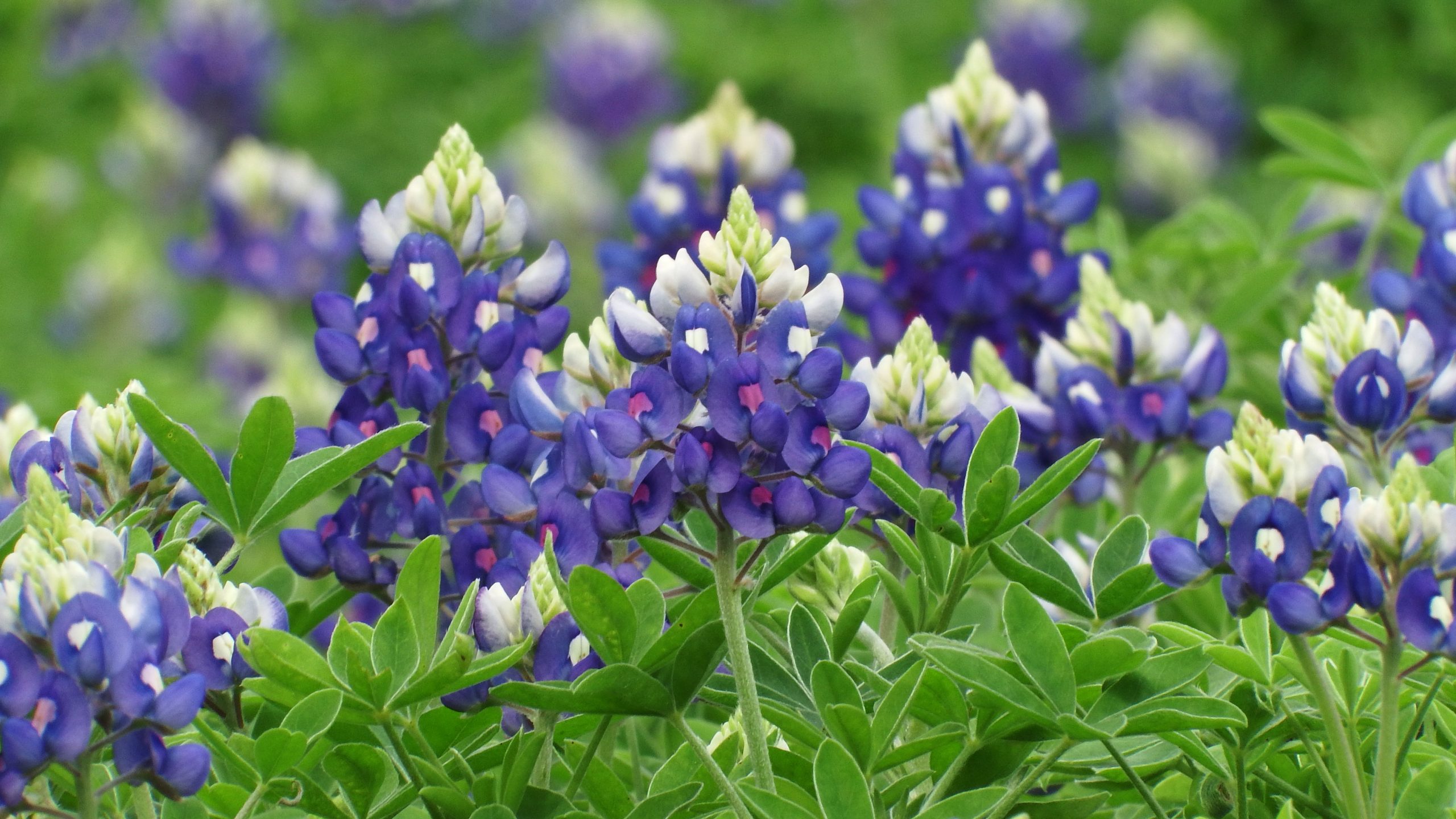
Ancient Europeans took note of a flower that grew in barren soil. They decided that this plant must be stealing the nutrients other plants need and hoarding them for itself. Hence, it was like a wolf, stealing animals from the flocks they tended. They called the flower lupine which is Latin for wolf-like.
We no longer harbor negative ideas about lupines. We know that they are in the pea family and peas, rather than robbing the soil of nutrients are one of the few plants able to put nitrogen into the soil and so render it useful for plants that can’t make their own nitrogen. Lupines are a pioneer plant.
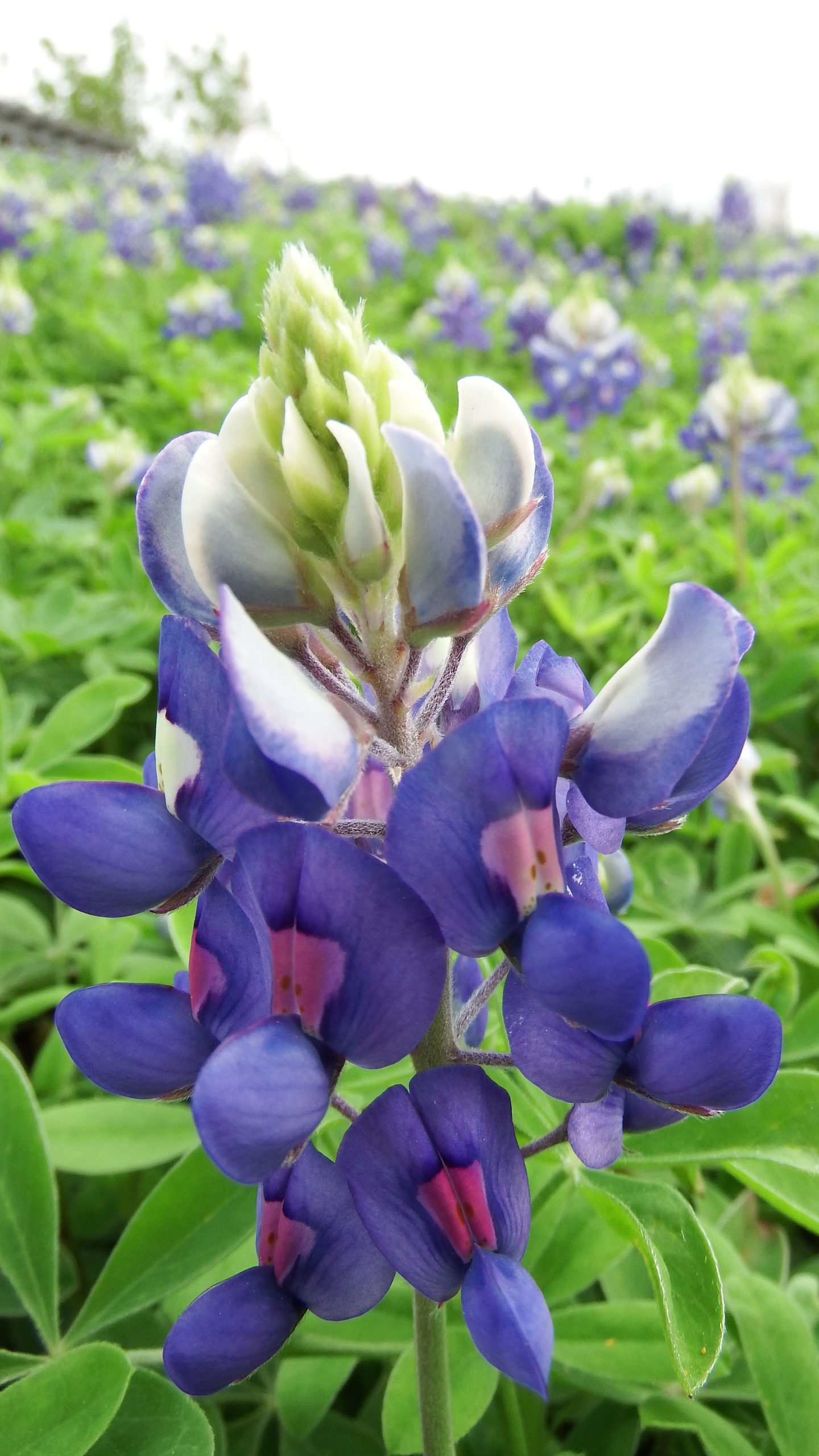
All of this is so cool because our favorite lupine, the Texas bluebonnet, is putting on the best show I’ve ever seen in the Park and it’s doing it on a hillside so blasted by Harvey silt that I had been photographing it as a science project to see what happened as plants recolonized the hillside.
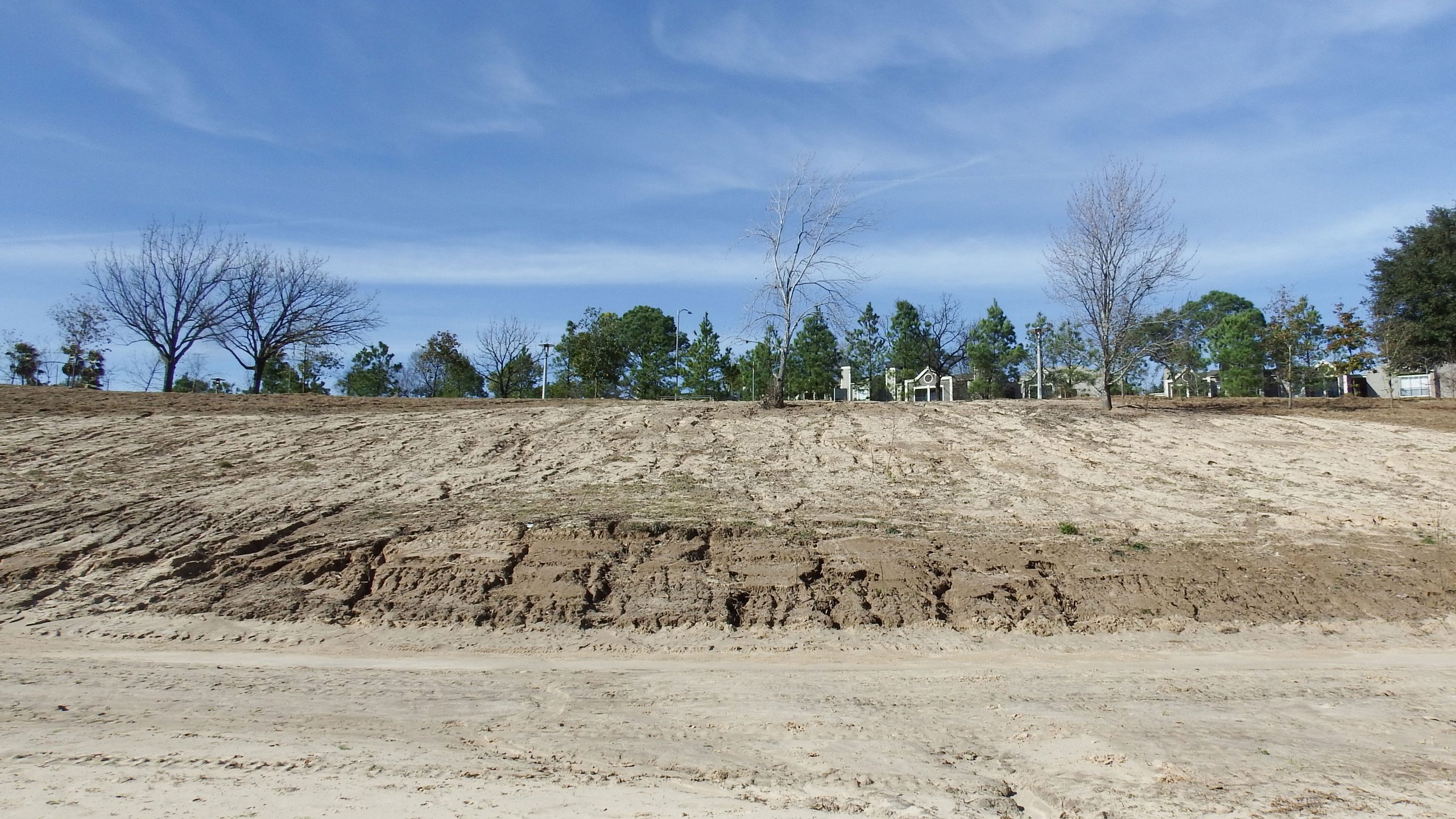
This was taken in January last year. The bluebonnet hill is slightly west of this photo, but the ground looked the same.
The project lasted just long enough for me to realize that I didn’t have the patience to identify every green thing that sprang from the earth. But I still think of it as my blasted hillside. Well, look at that hillside now!
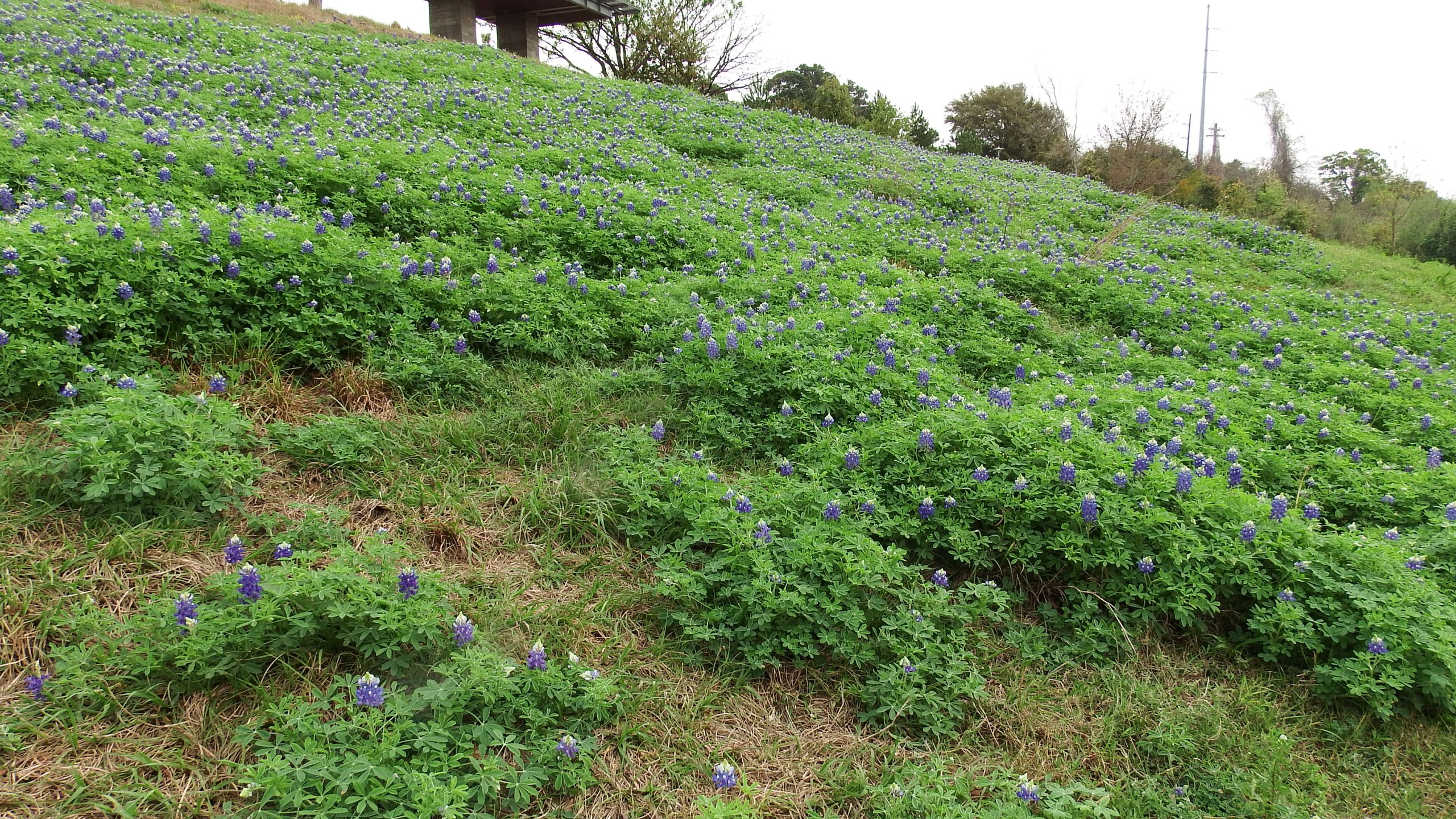
There were always some bluebonnets on that hillside, but never a solid field of bluebonnets. I have checked with Buffalo Bayou Park horticulturist Donna Irwin and she swears she didn’t plant those bluebonnets. So I have to believe that this Harvey-blasted hillside had finally recovered just enough for lupines to do their thing and start setting some nitrogen.
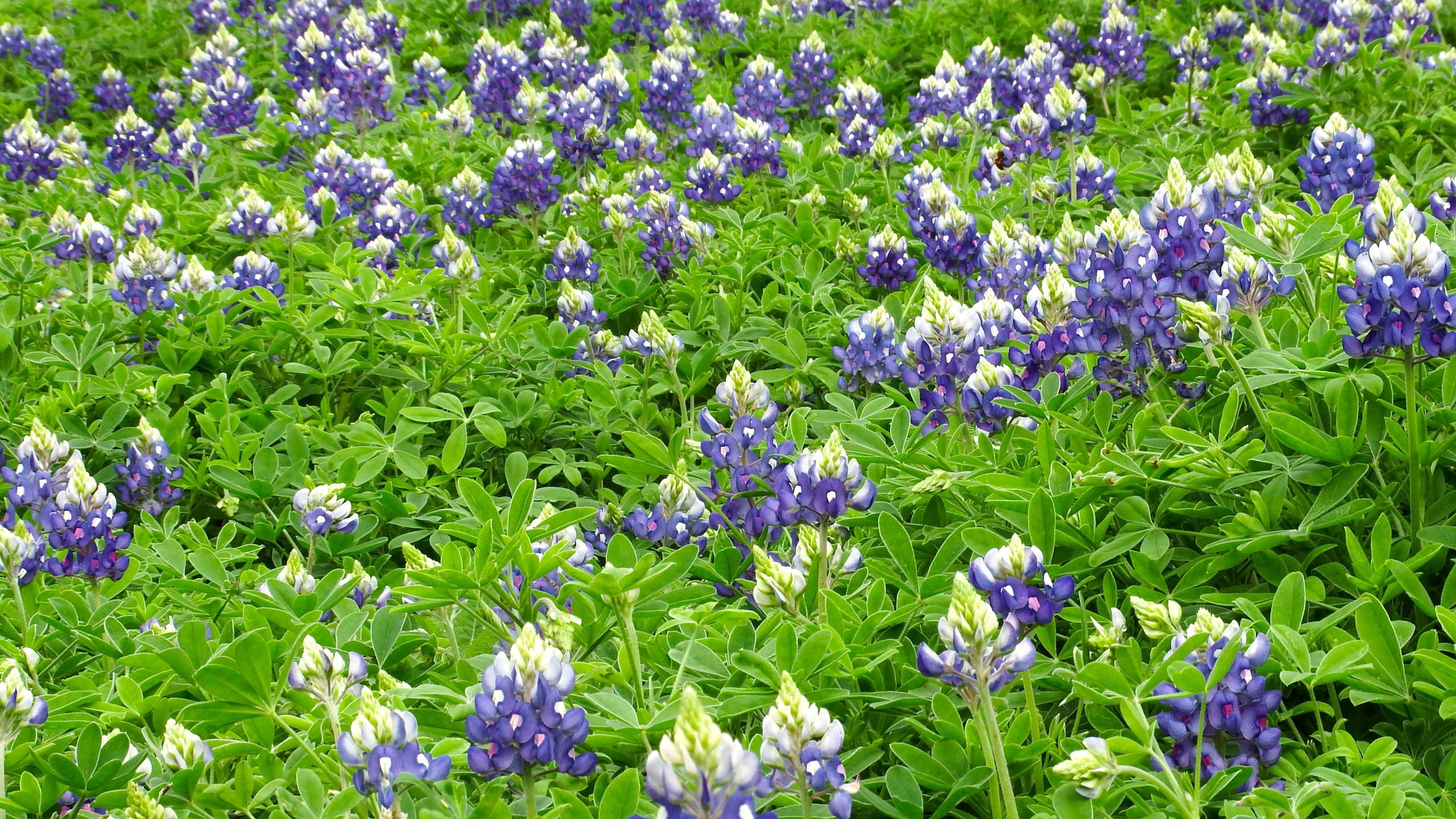
By next year, they may have improved the soil enough that we will have a riot of other wildflowers. But this year, it’s bluebonnets, and nothing improves a field of bluebonnets like a few babies. So what are you waiting for, go throw some kids to those wolves!


